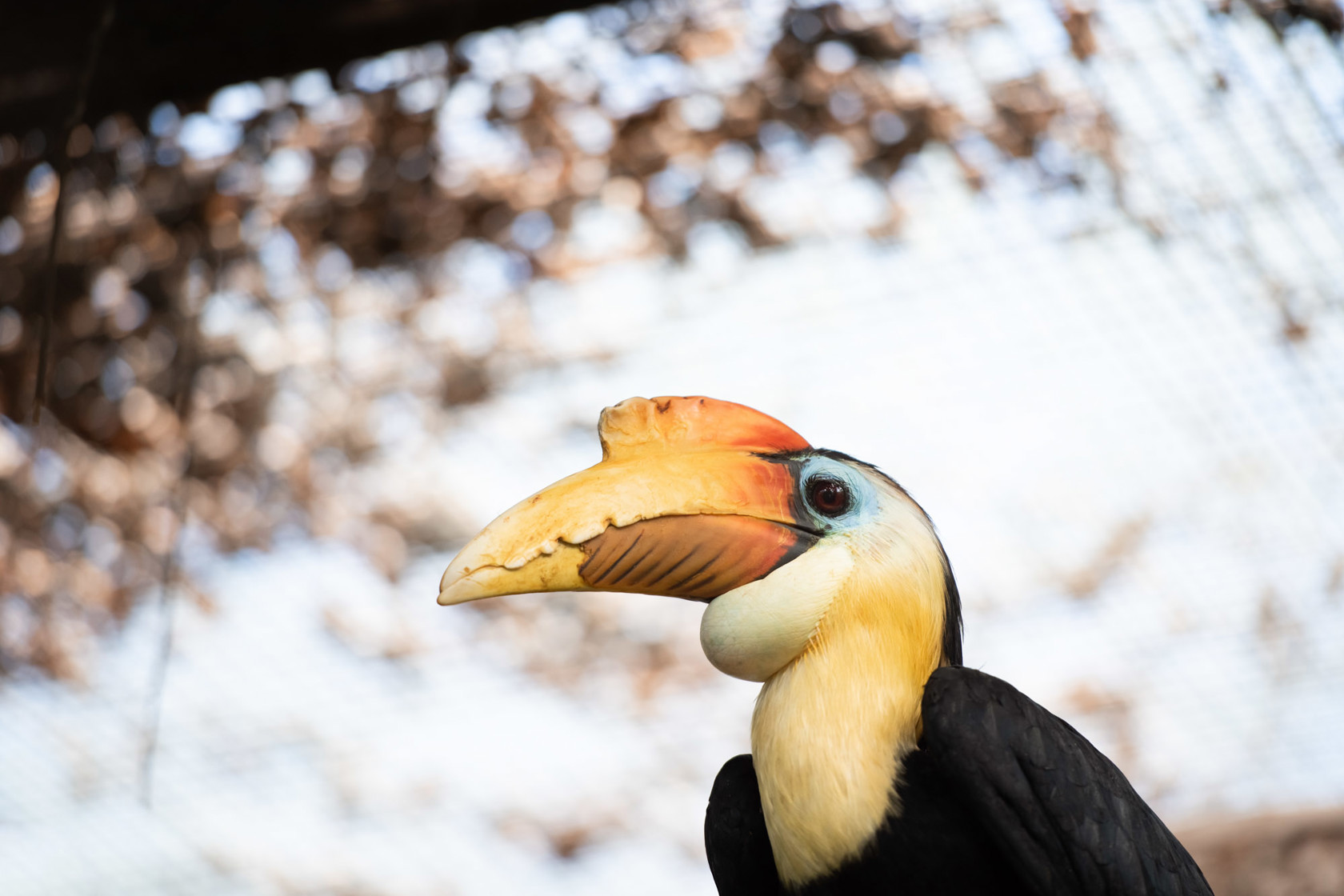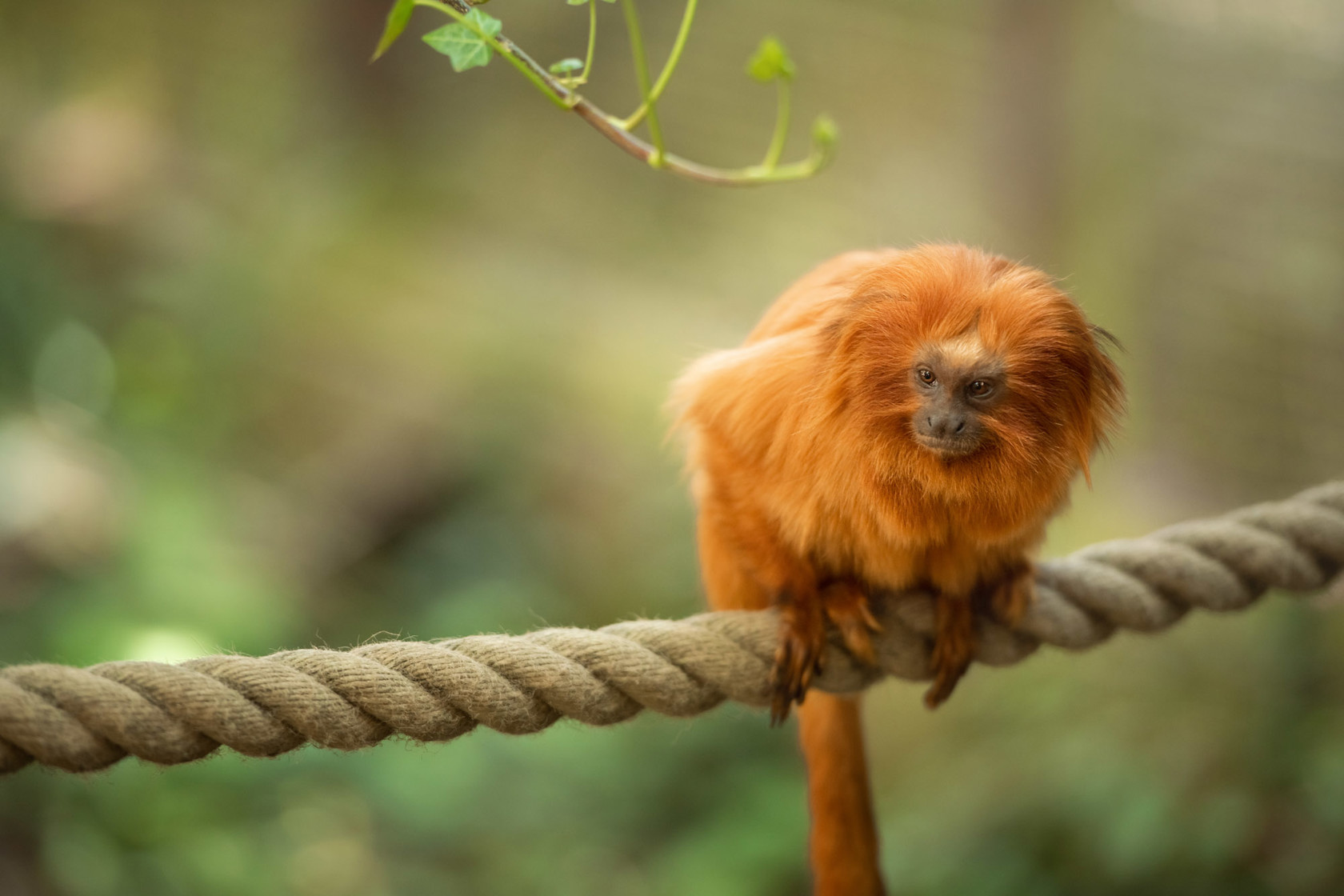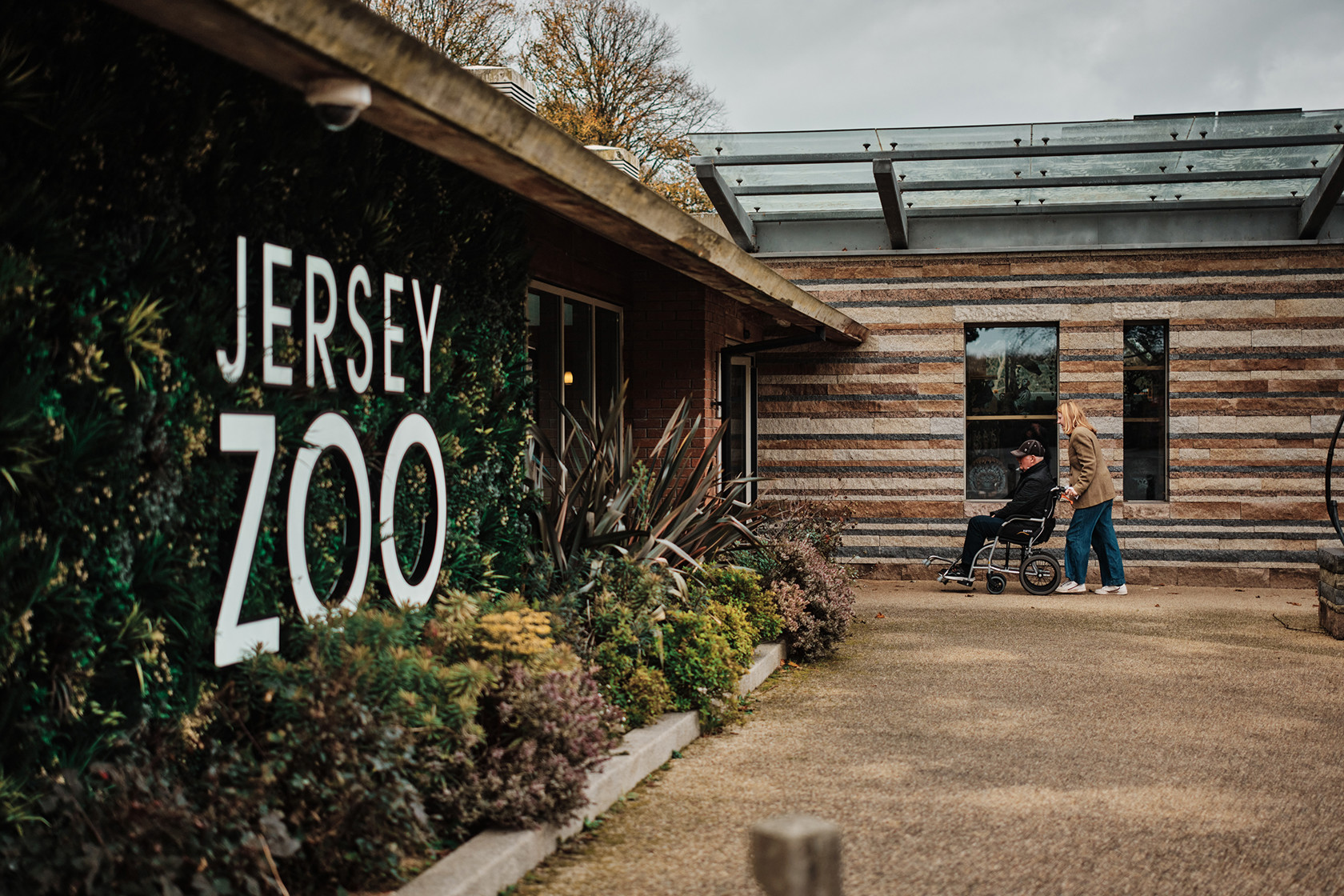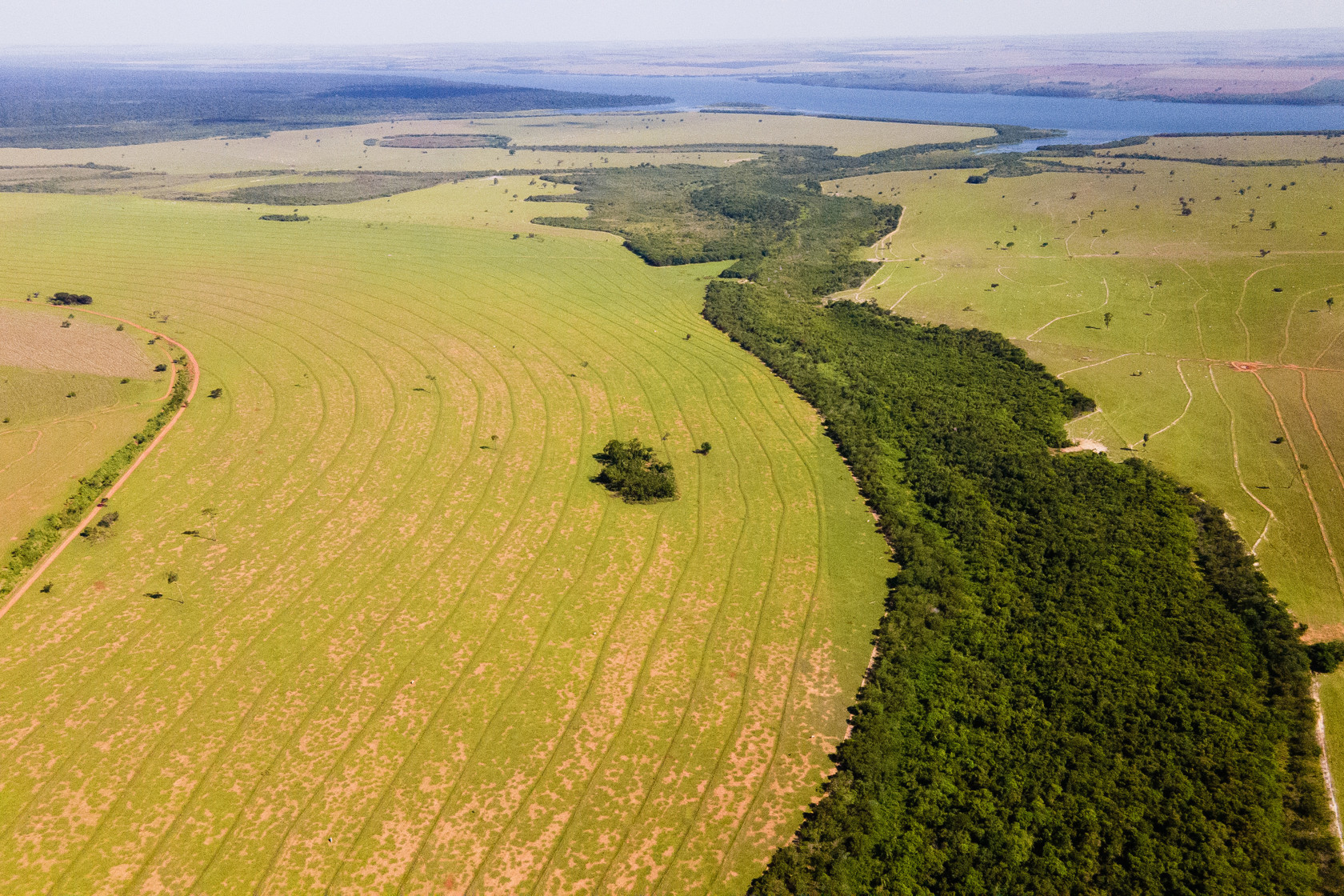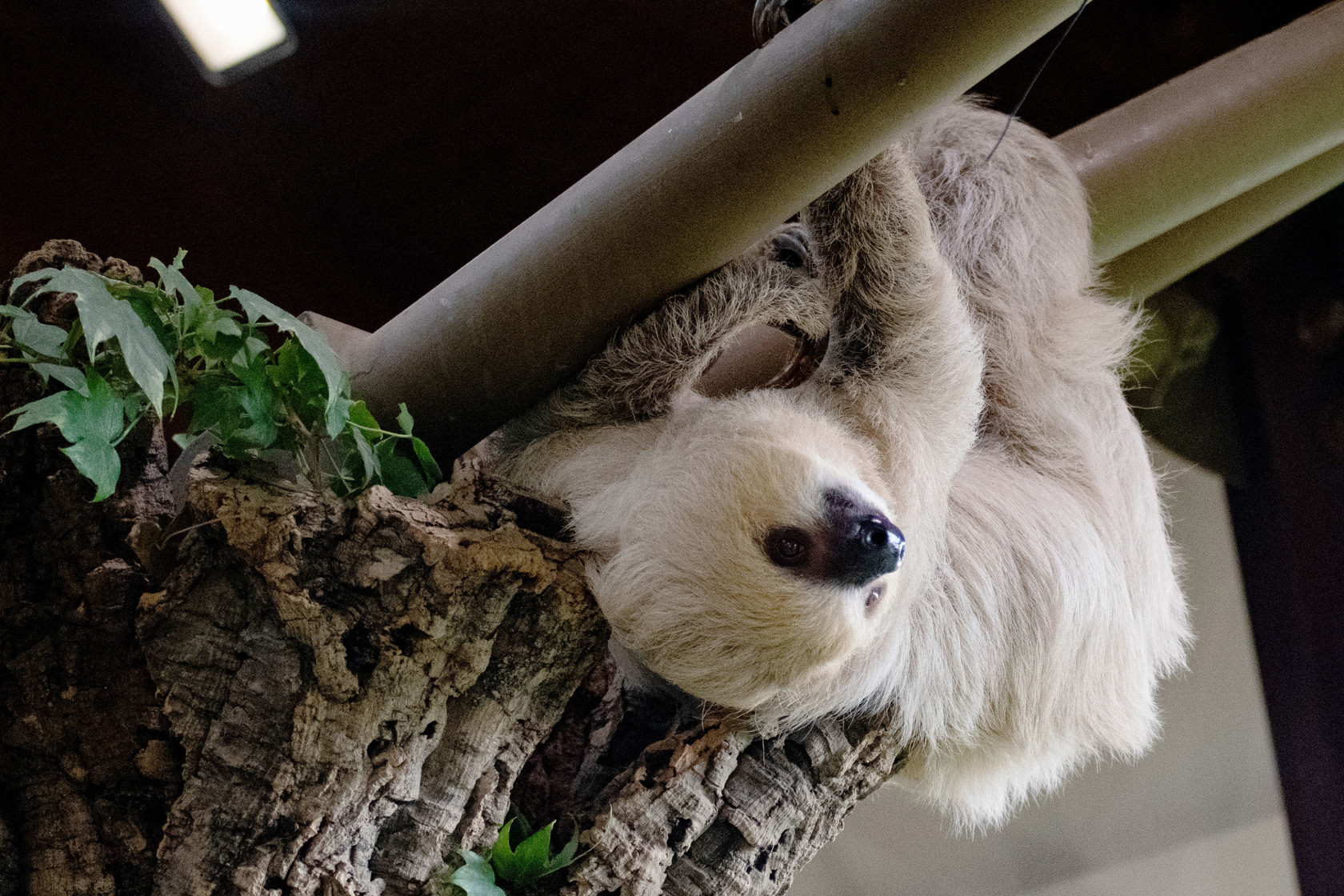Giant celebrations for a giant new arrival at Jersey Zoo
29 March 2024
The arrival of spring also brings with it a new resident to Jersey Zoo! A female giant anteater named Zena is the latest addition to the Durrell family. The one-year-old anteater has joined the zoo from Cotswold Wildlife Park and Gardens and is now living in the South American House where the Andean bears used to live, alongside the sloths and howler monkeys.
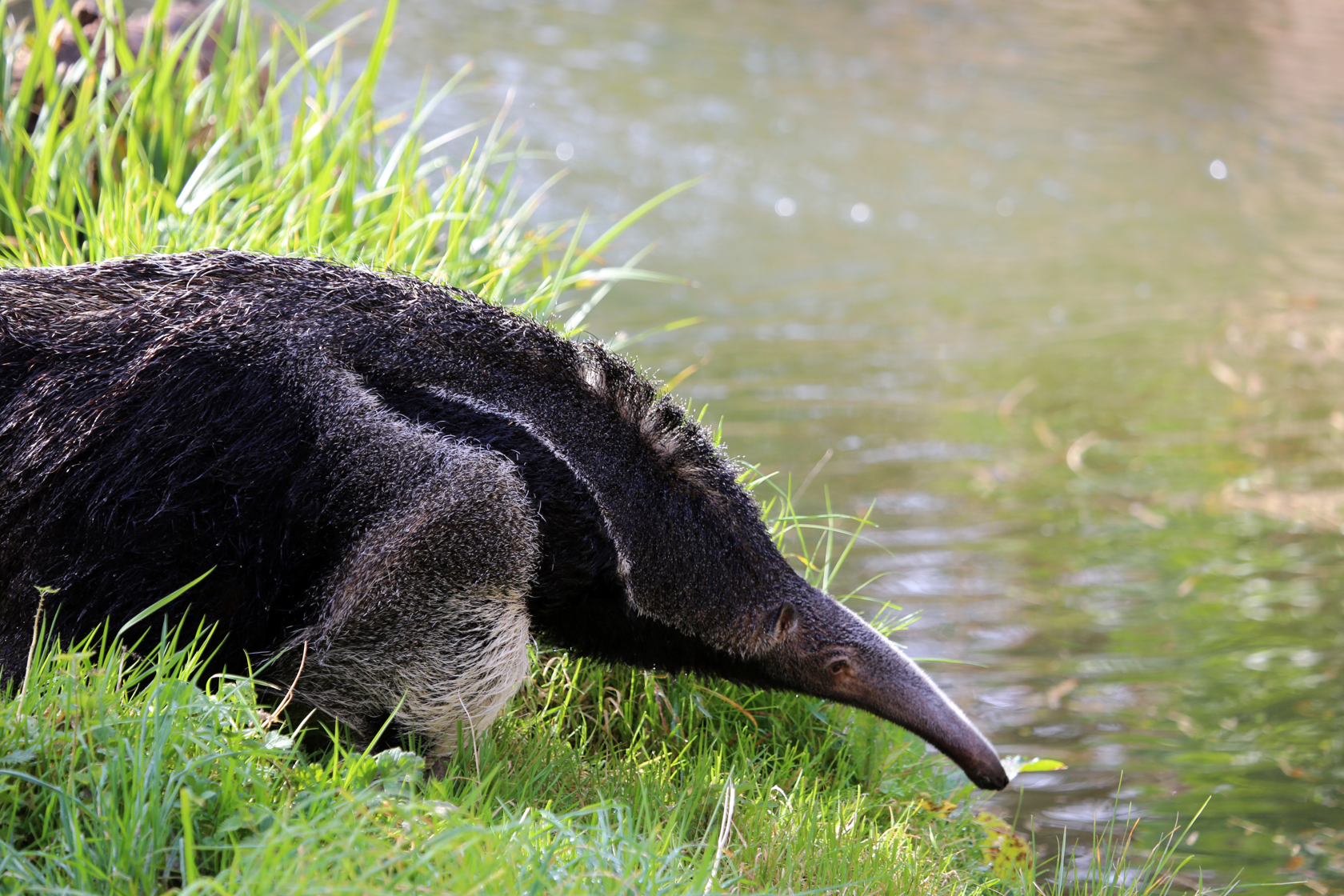
Giant anteaters are the largest of four living anteater species from Central and South America and can be found from Honduras through to northern Argentina. Declared the most threatened mammal in Central America by the IUCN Red List, giant anteaters live in forests, savannahs and grasslands, but these habitats are sadly under threat. Through their Rewild Carbon project, together with local conservation partners ICAS – Wild Animal Conservation Institute, Durrell is working to protect this species in Brazil.
“Giant anteaters are facing huge threats in the wild,” said Amy Bompas, Durrell’s Rewild Carbon Manager. “In the Cerrado region, where we’re working with our Rewild Carbon project partners ICAS, around half of the grasslands and forests have been lost due to increasing agriculture. The remaining habitat is becoming fragmented by roads, further threatening giant anteaters as they are active at night and frequently killed by traffic.”
“Through Rewild Carbon, we plan to fund radio collars for six orphan anteater pups rescued and rehabilitated by ICAS and their project partners. This means the team can monitor them after being released into the wild. Analysing their movement will give us a better understanding of how young anteaters disperse through the landscape and what barriers they face. The results will help identify areas for habitat protection and planting tree corridors to protect giant anteaters and other species, which will be significant for the conservation of these unique animals.”
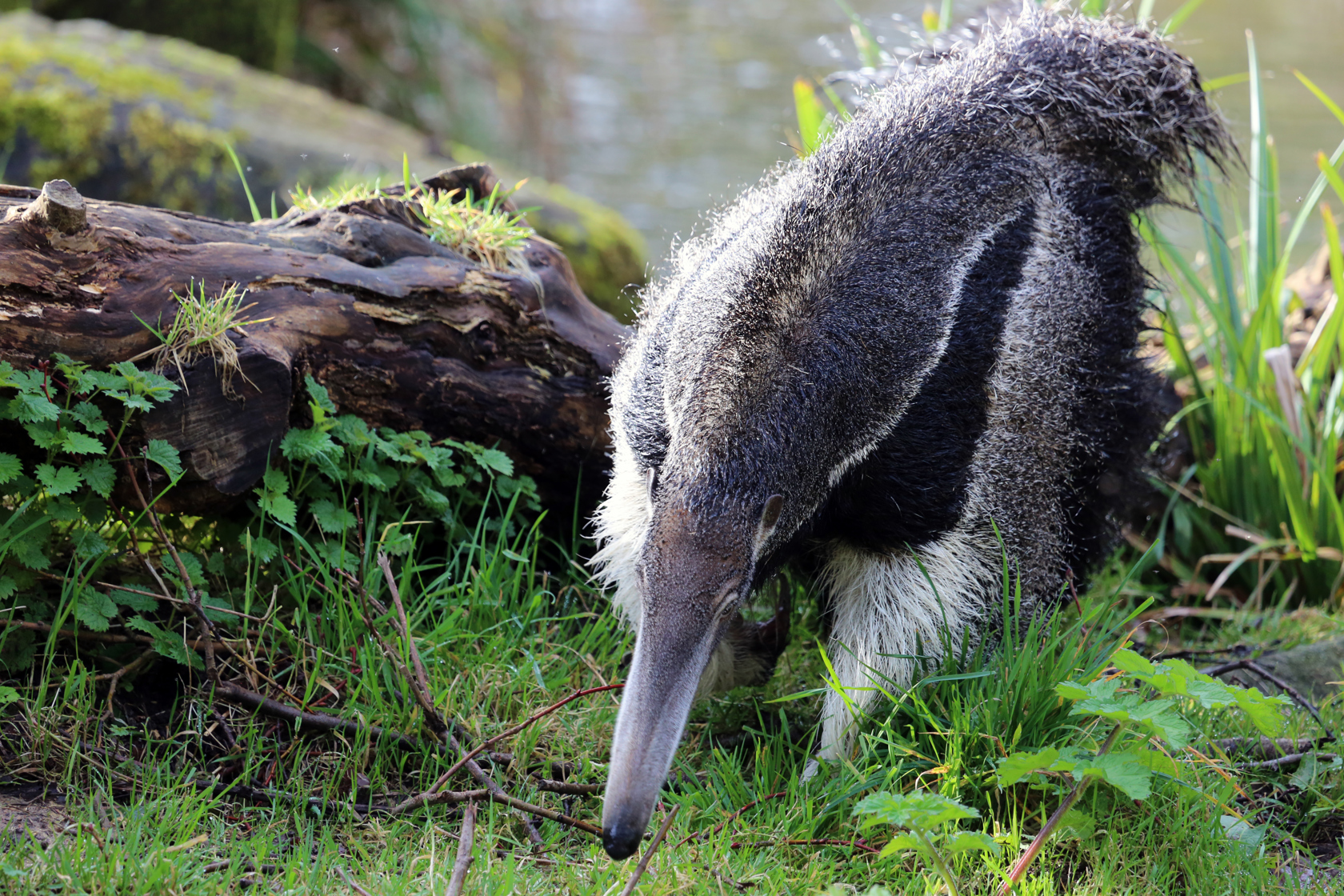
With their long tongues and large bushy tails, giant anteaters are fascinating-looking animals. They use their two-foot-long tongues and sticky saliva to pull ants and termites from their nests. In the wild, they can eat up to 30,000 ants per day!
Durrell’s Deputy Curator of Mammals at Jersey Zoo, Georgia Gotts, said, “We are all so excited to welcome this new species to Jersey Zoo. Since her arrival, Zena has settled in well to her new home. She’s got a very gentle nature, and the keepers have enjoyed getting to know her. She welcomes us in the morning with a big stretch and yawn showing us her impressive 60cm tongue. She loves exploring her new home and uses her sharp claws to dig deep and search for ants and other insects.
Jersey Zoo welcomes visitors to come and see Zena the giant anteater and learn about the conservation work that Durrell is supporting to help anteaters in the wild.
Be sure to look out for Zena outdoors at the South American House. On sunny days you may be able to spot her exploring outside or swimming in the moat! To give Zena some privacy whilst she settles in and gets used to her new routine, we have covered the windows of her indoor den.

